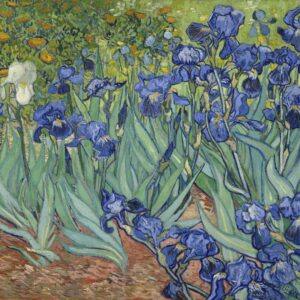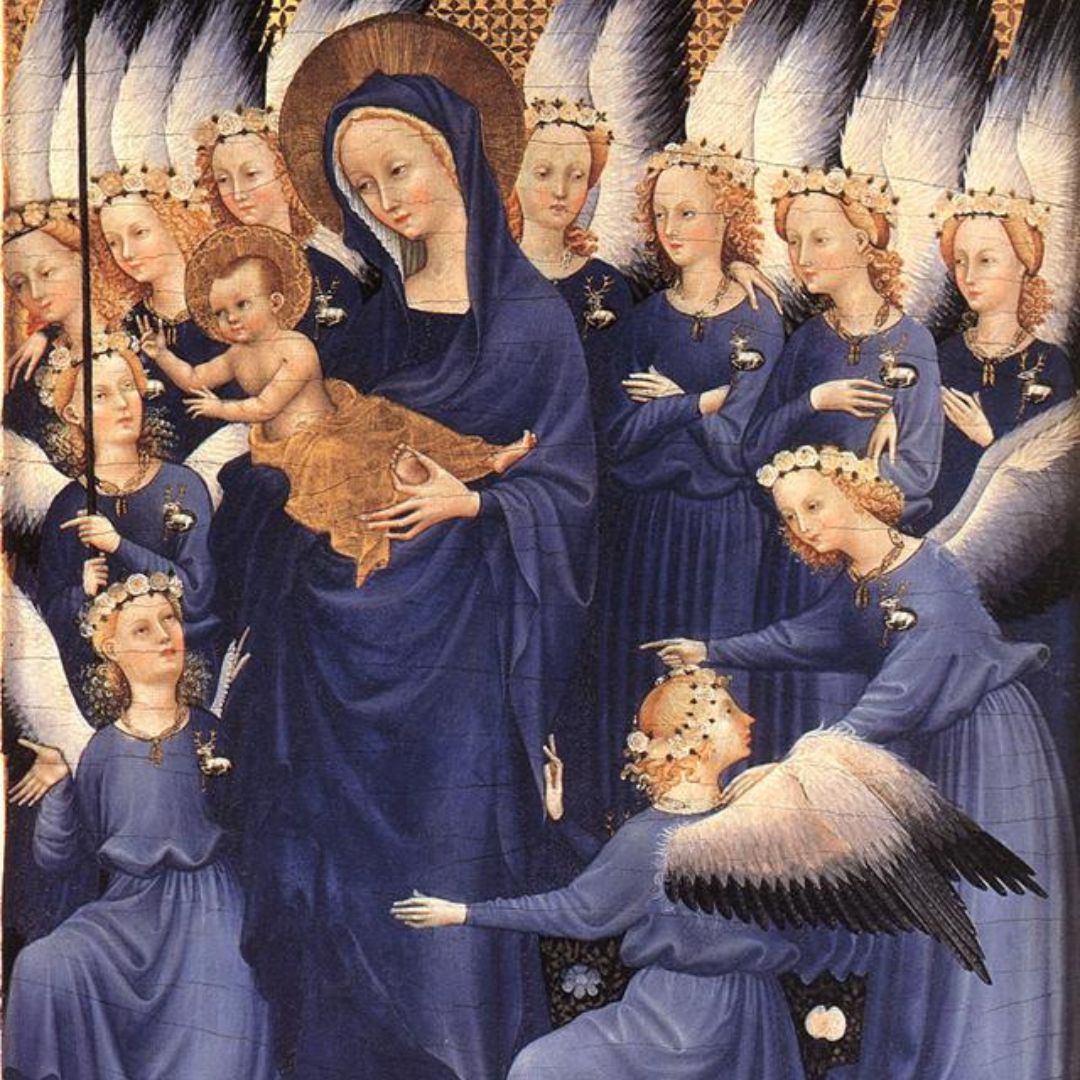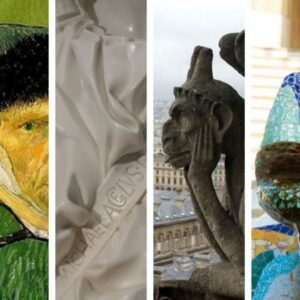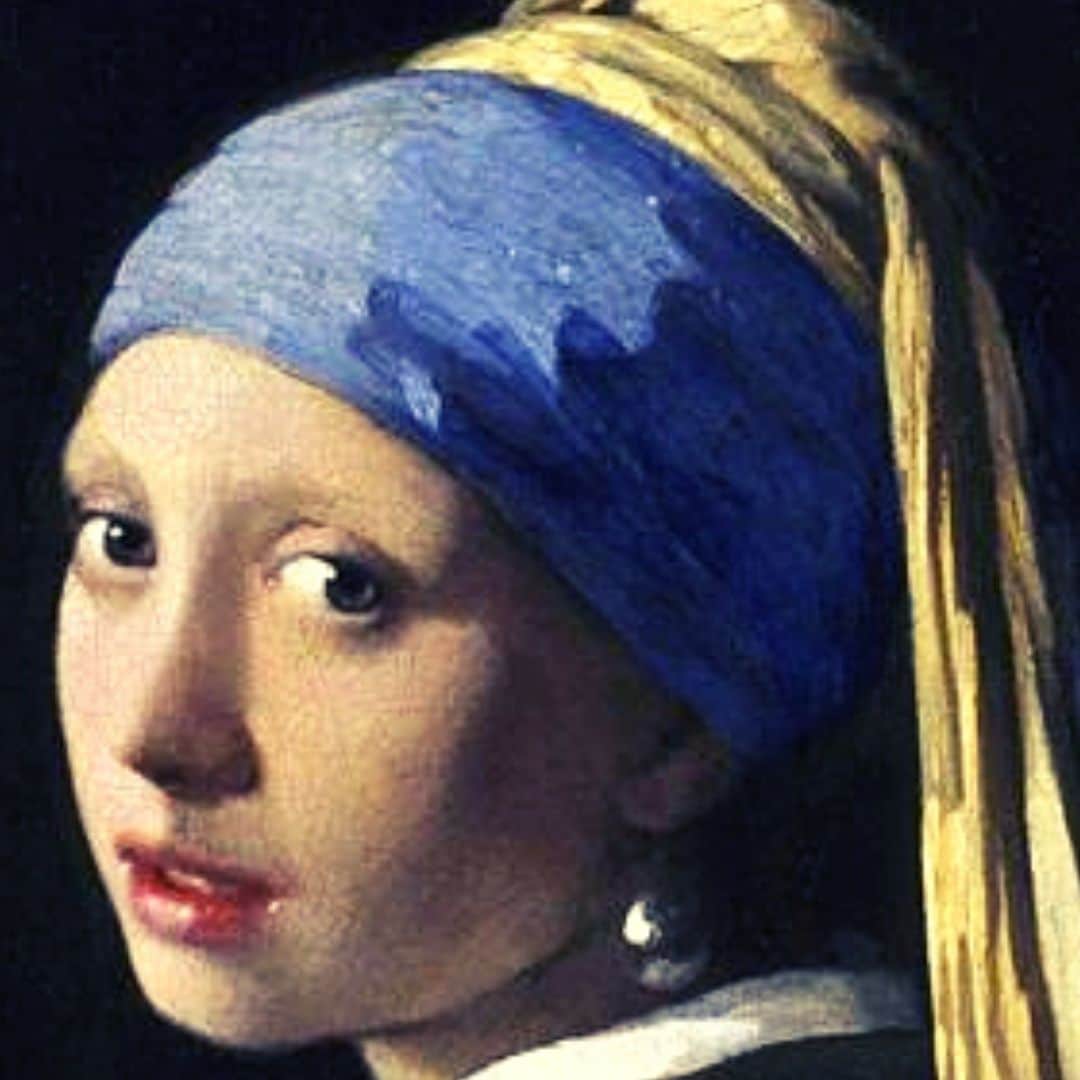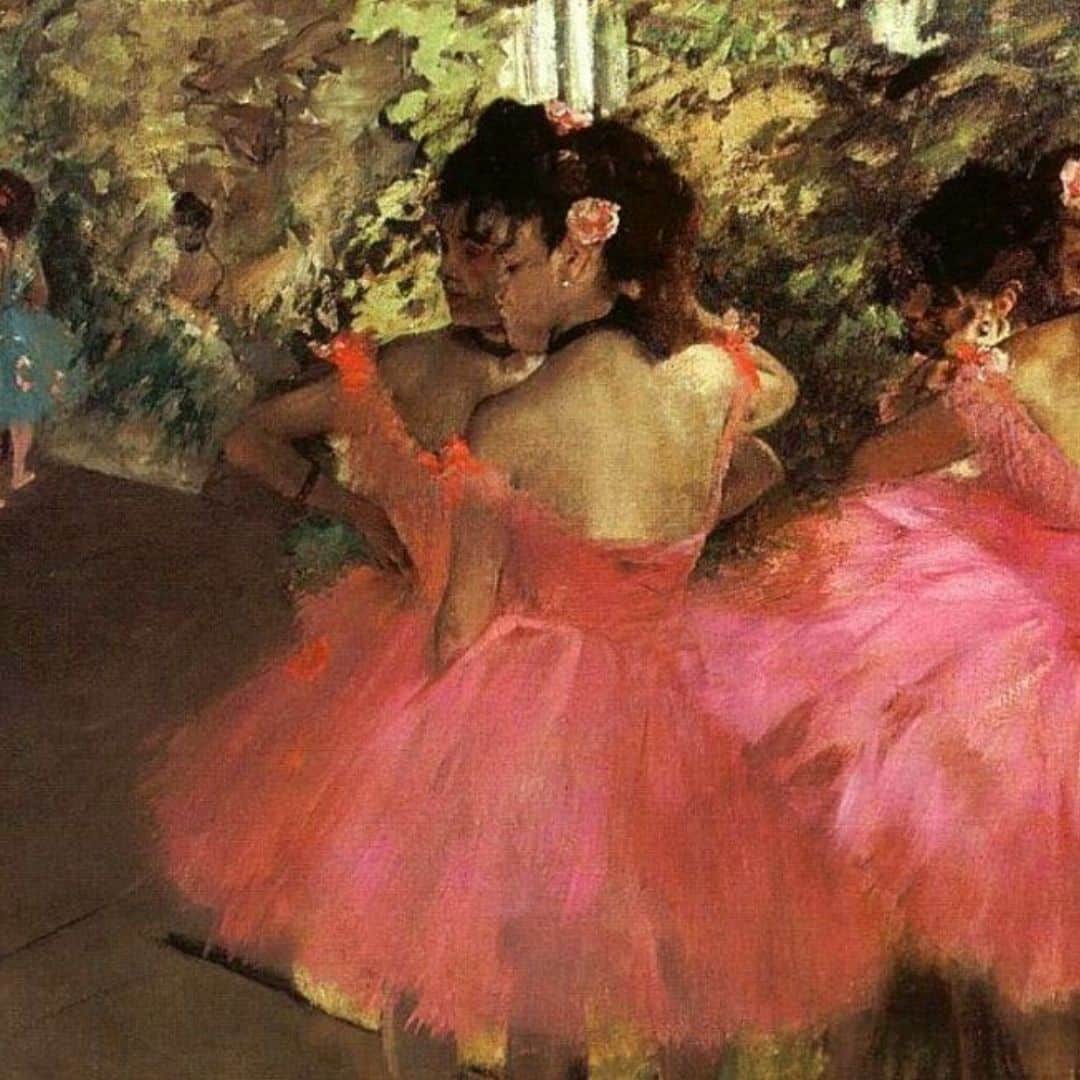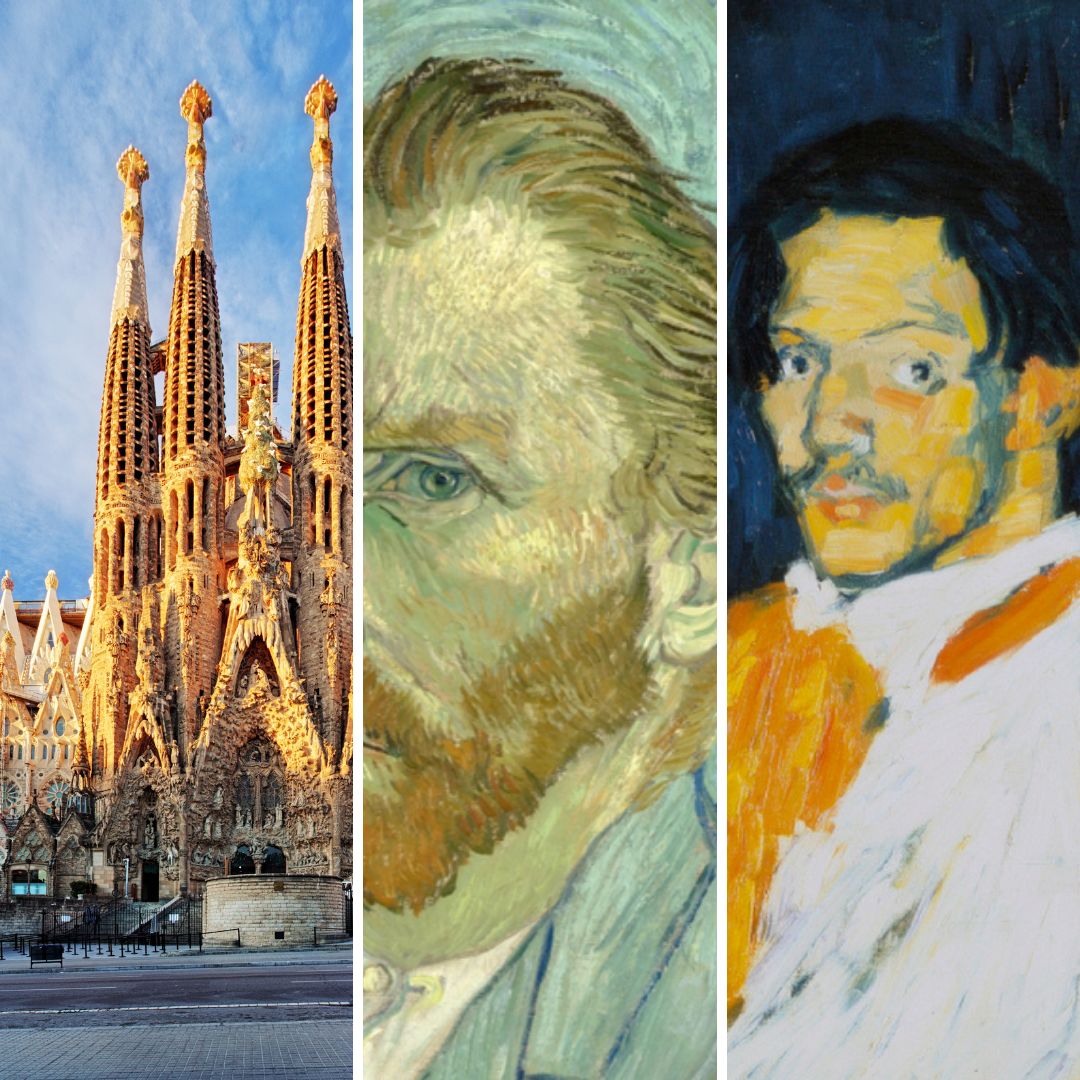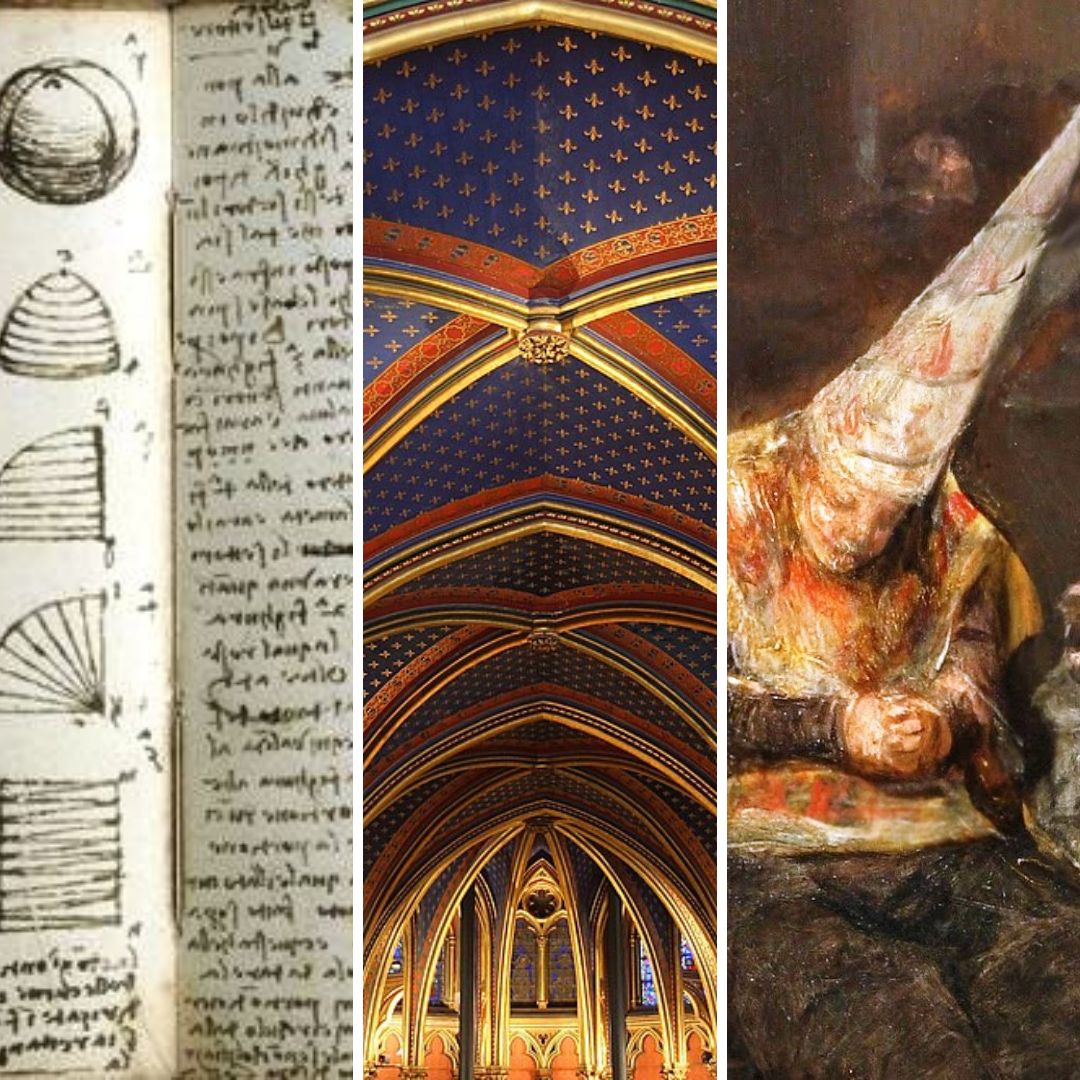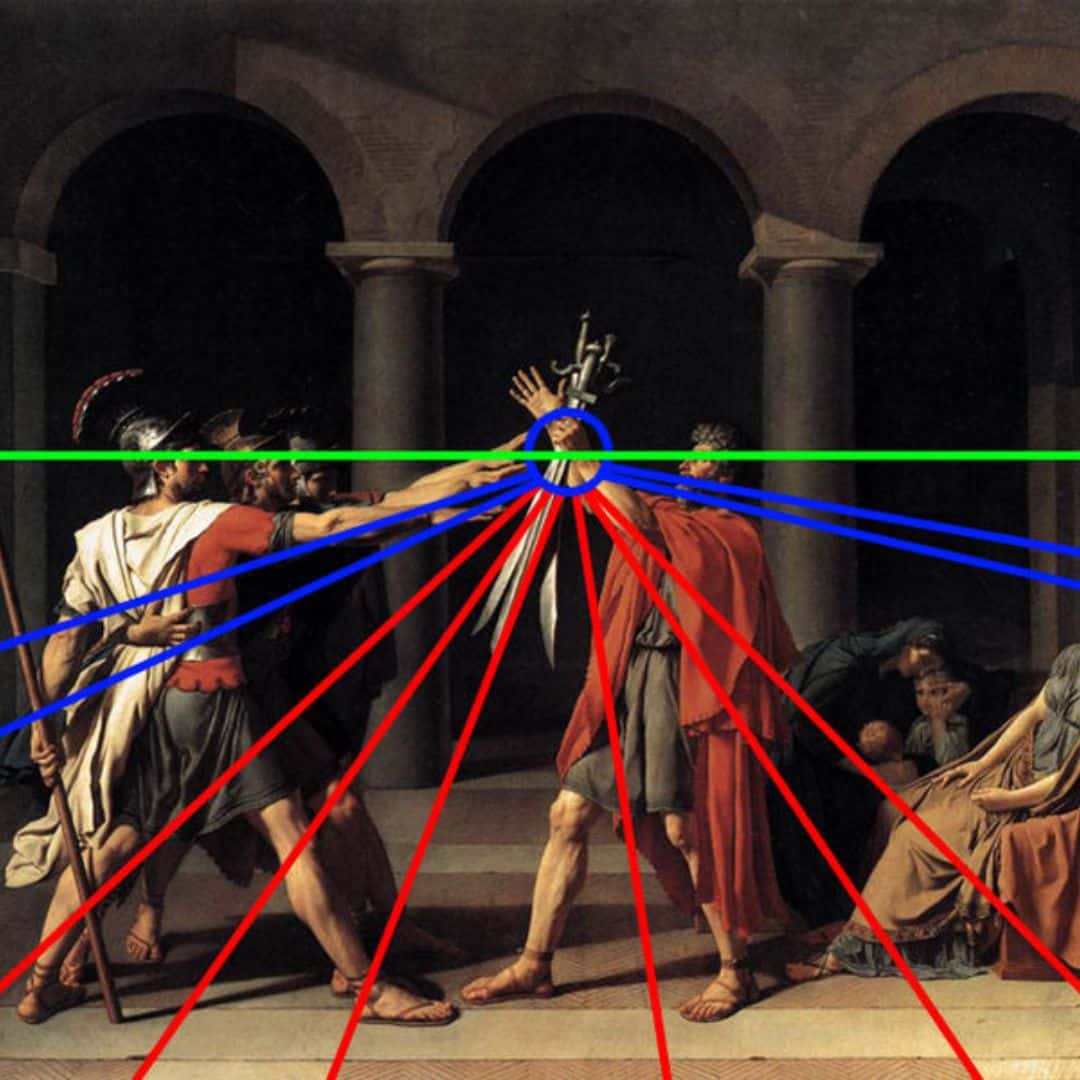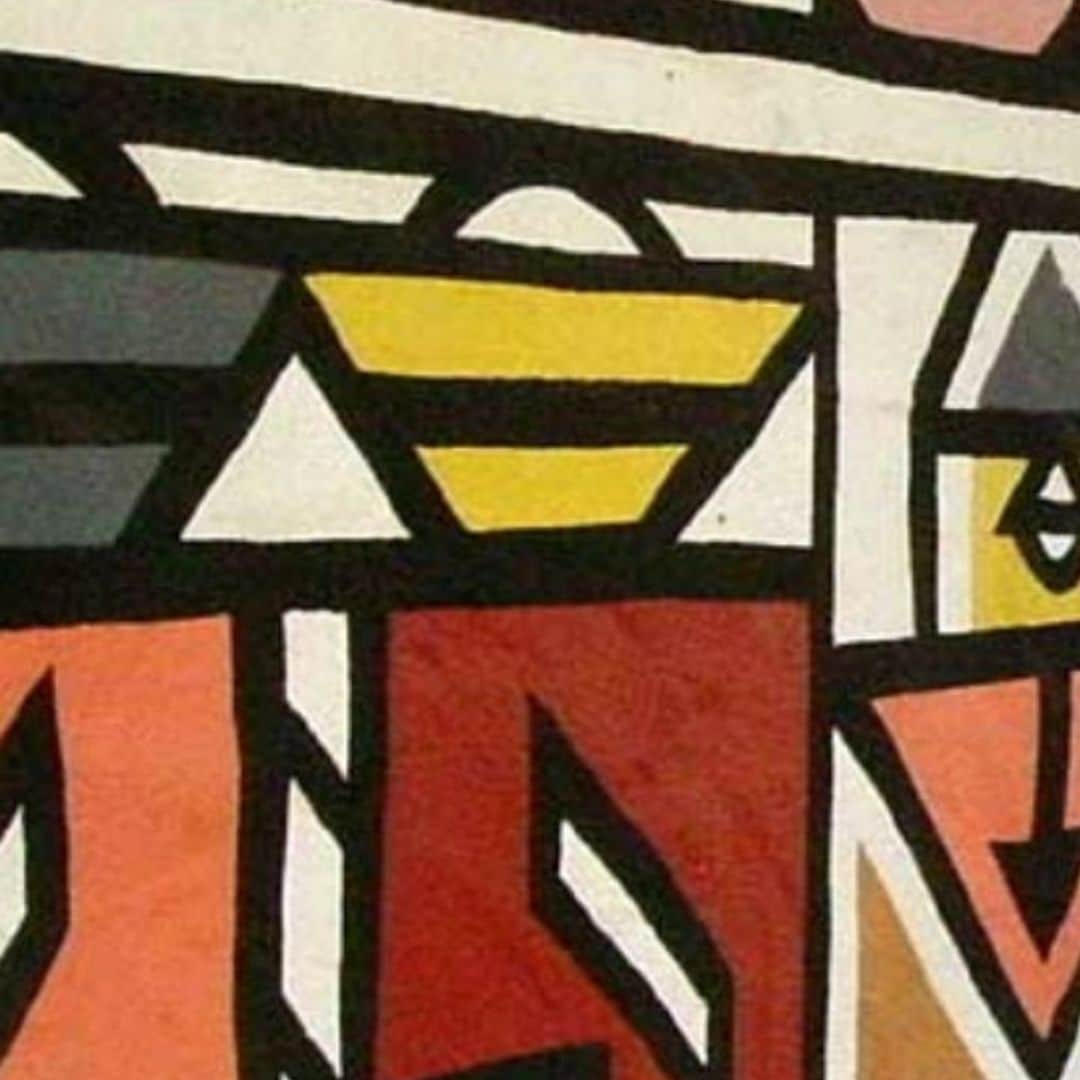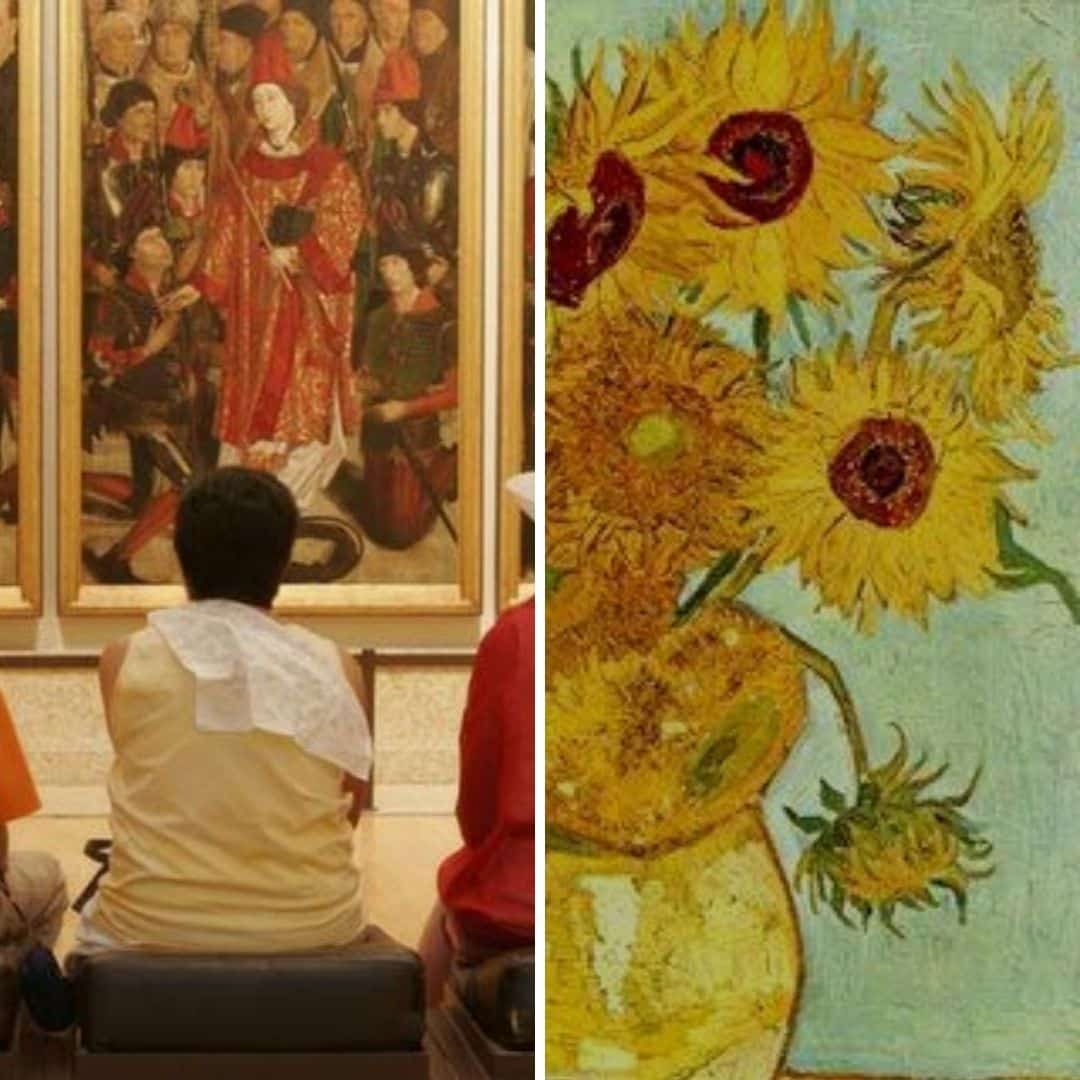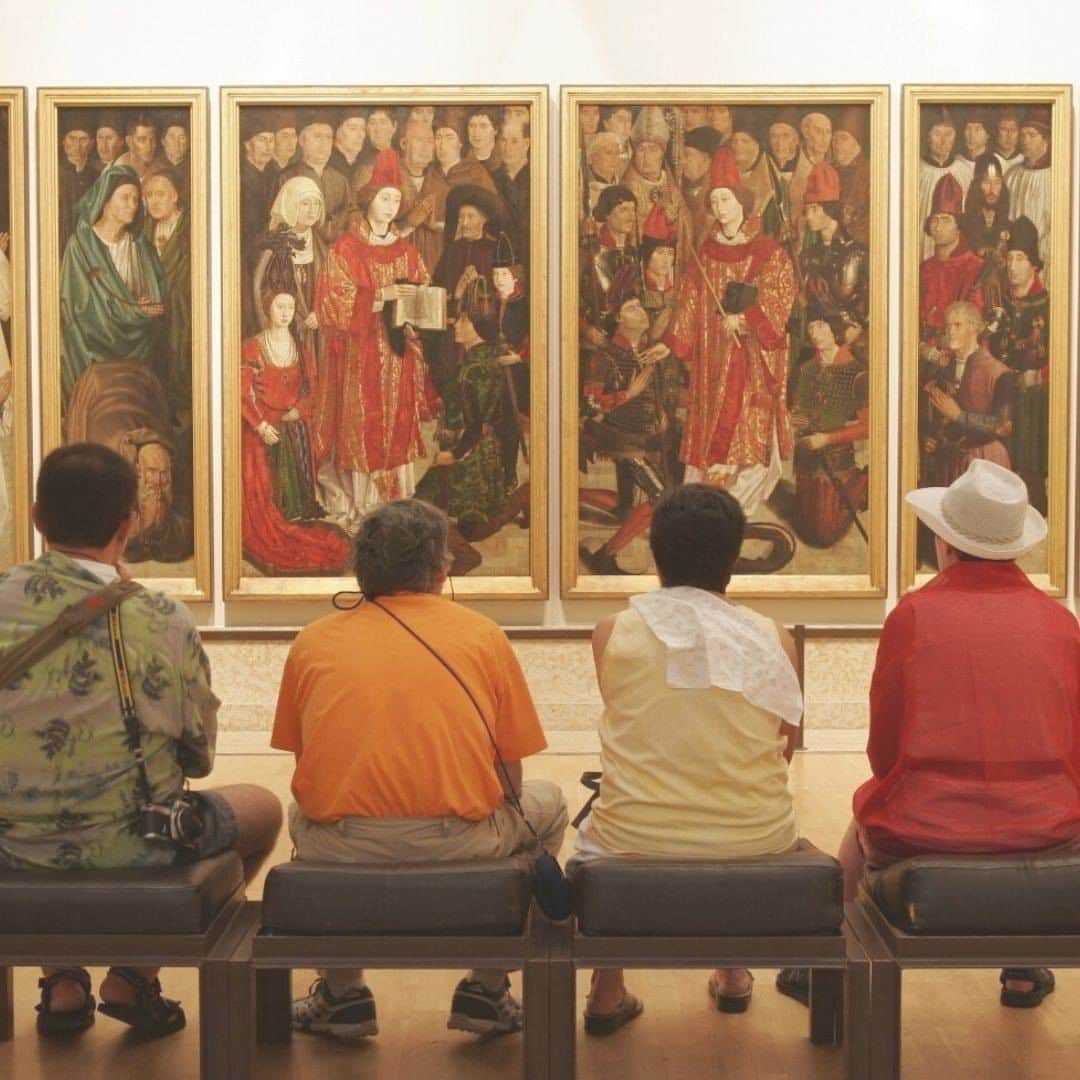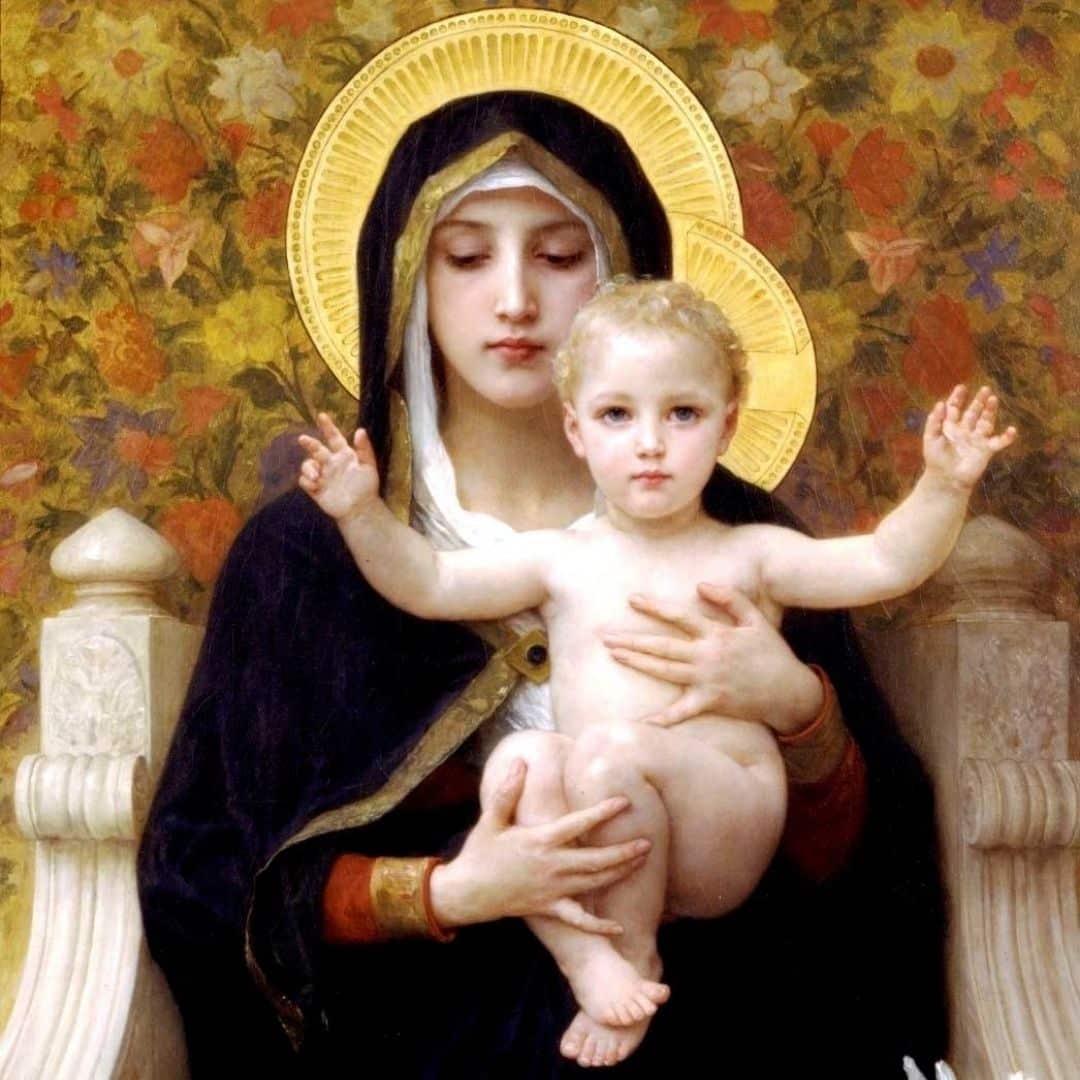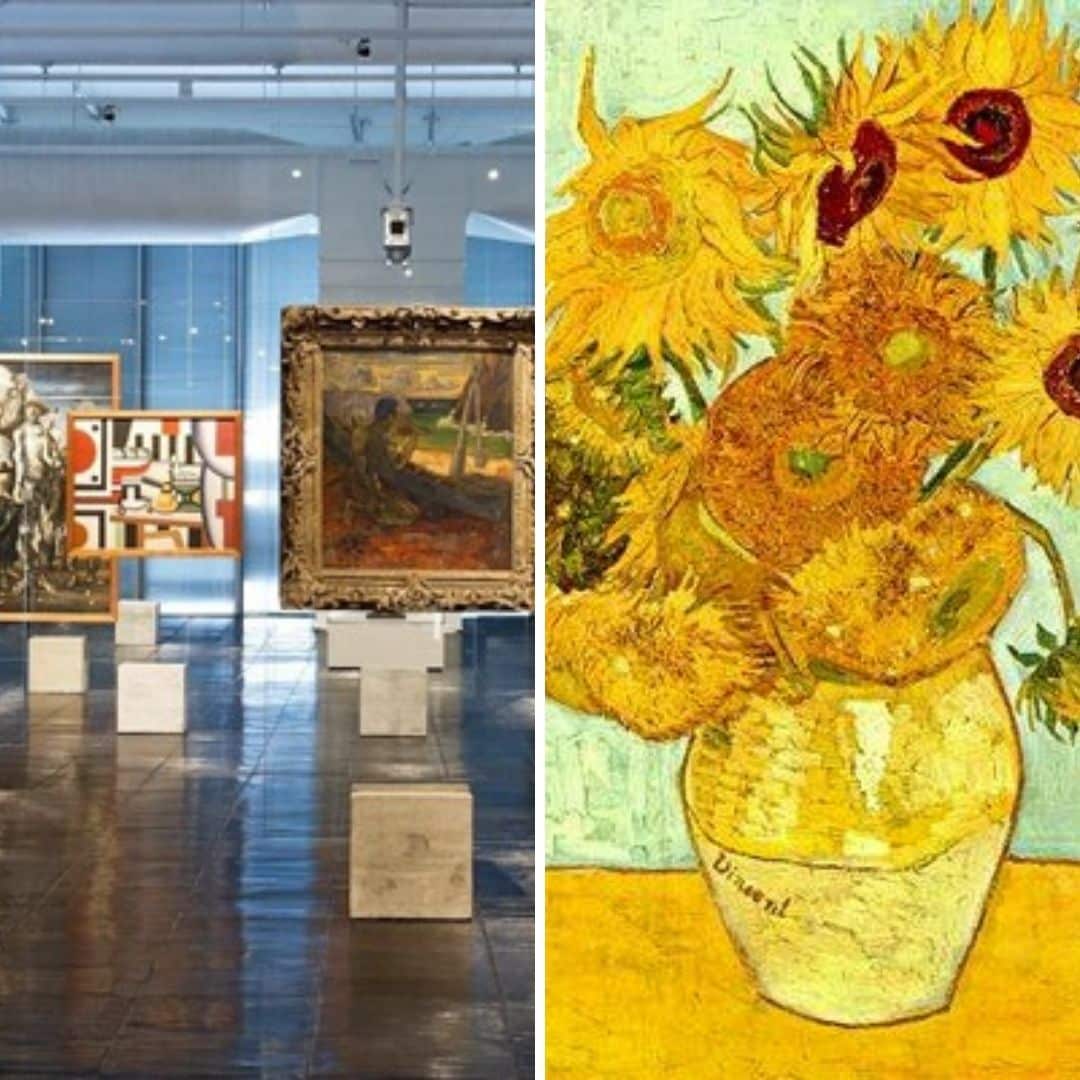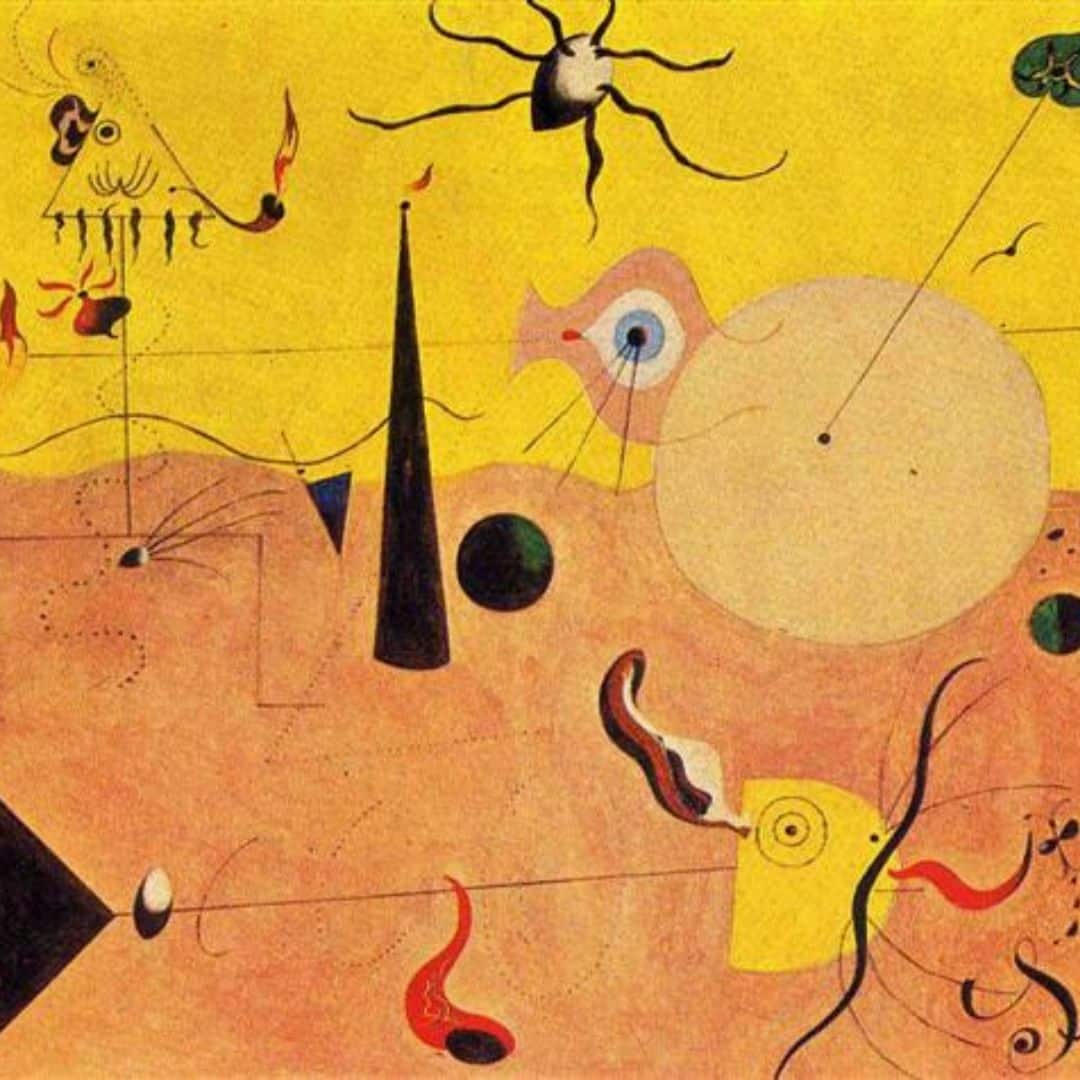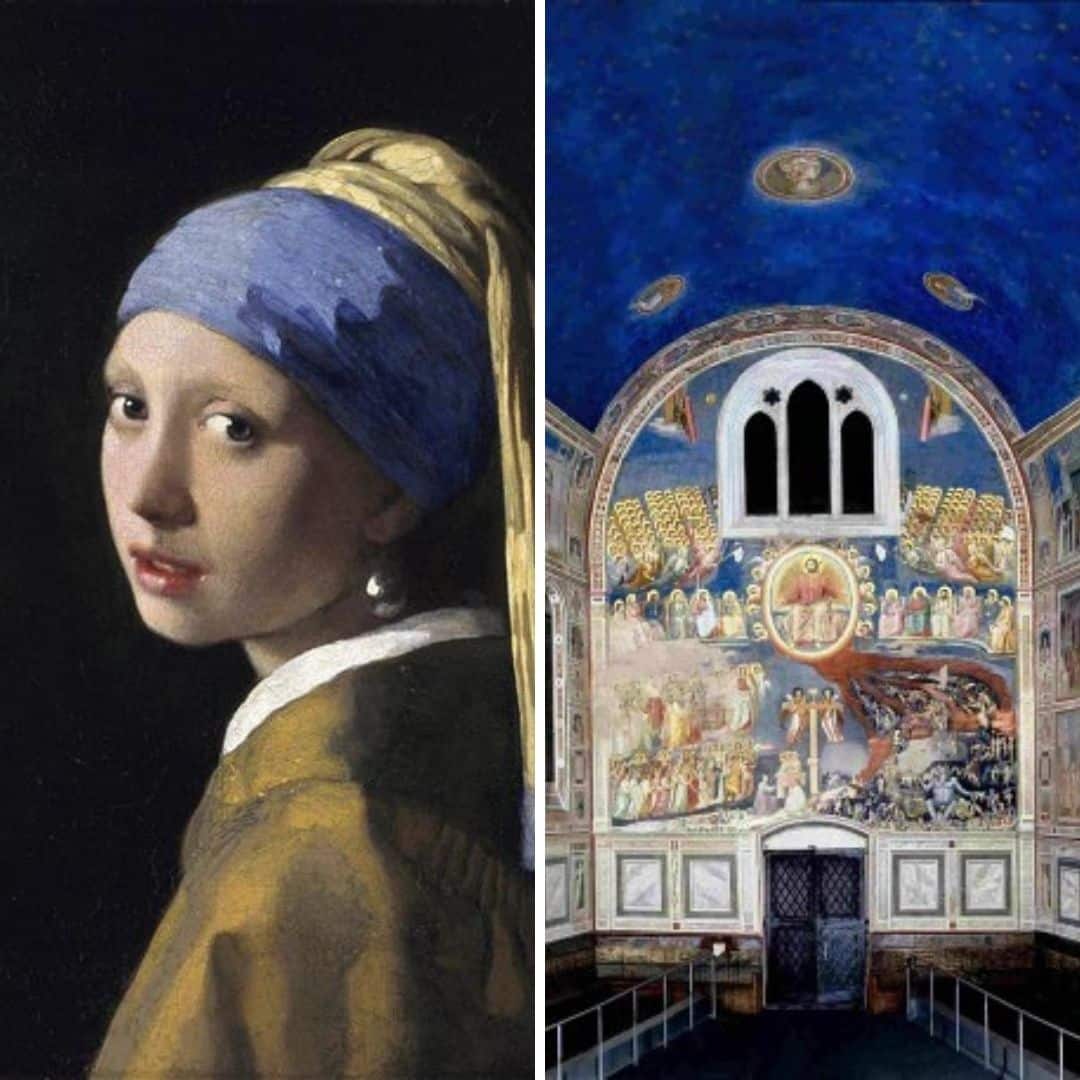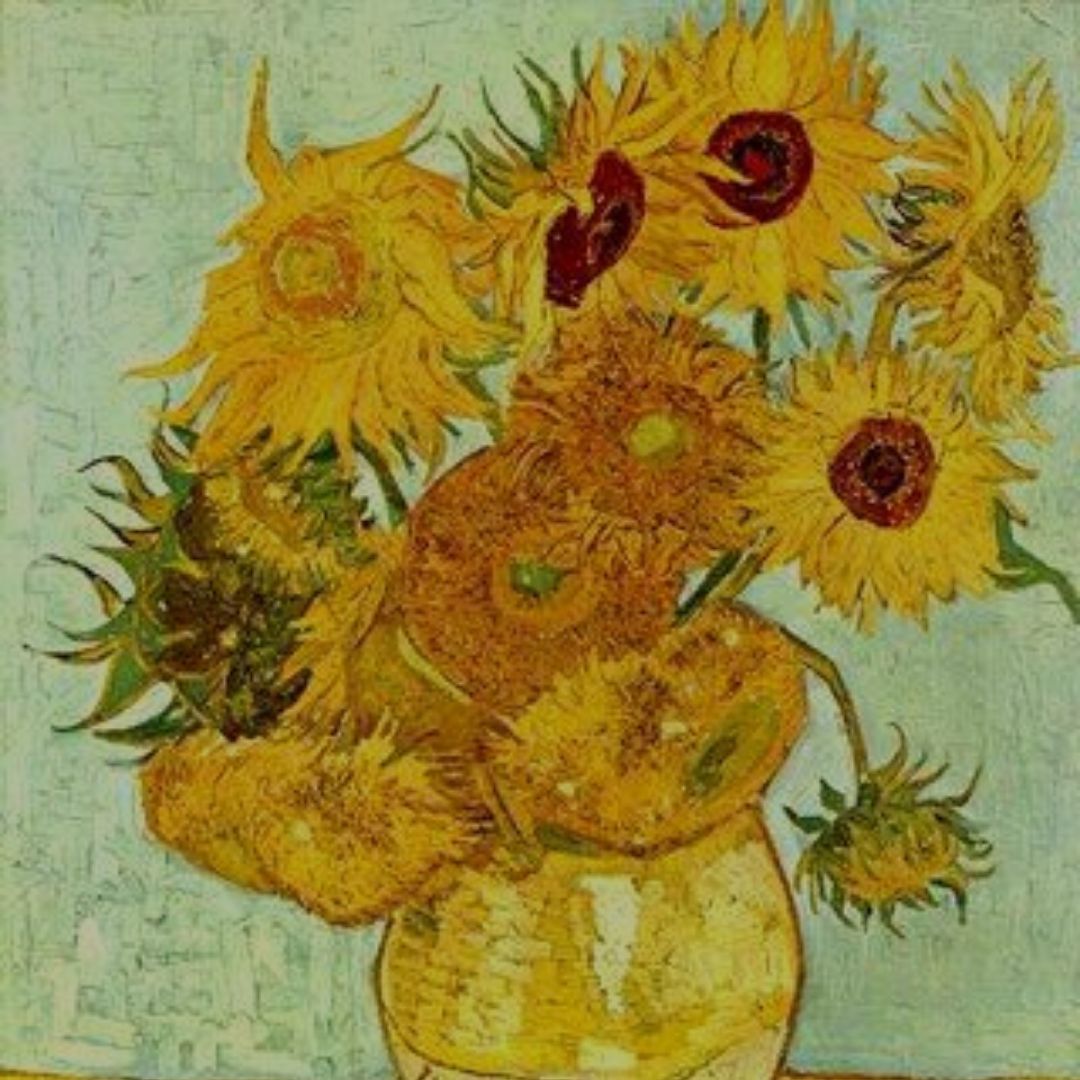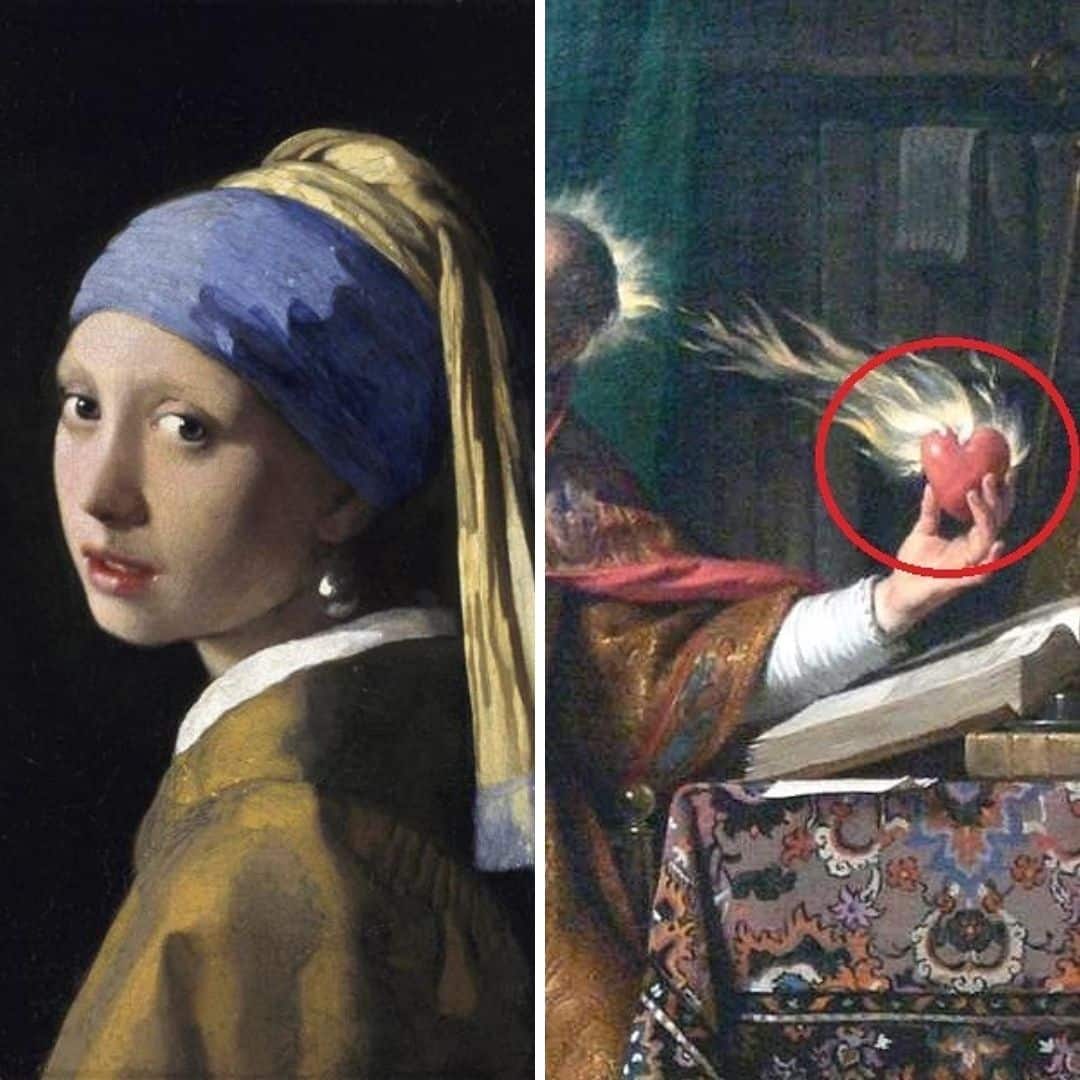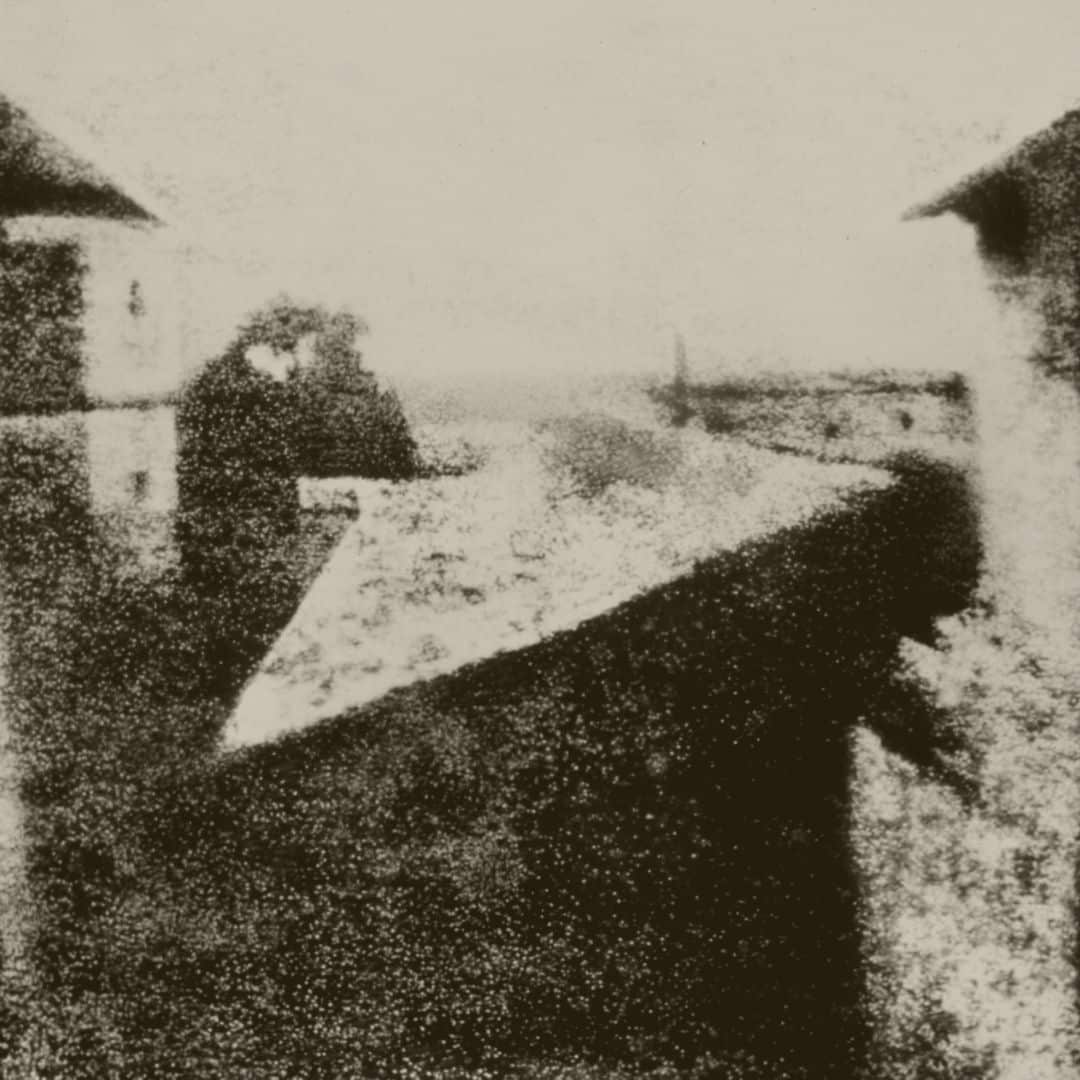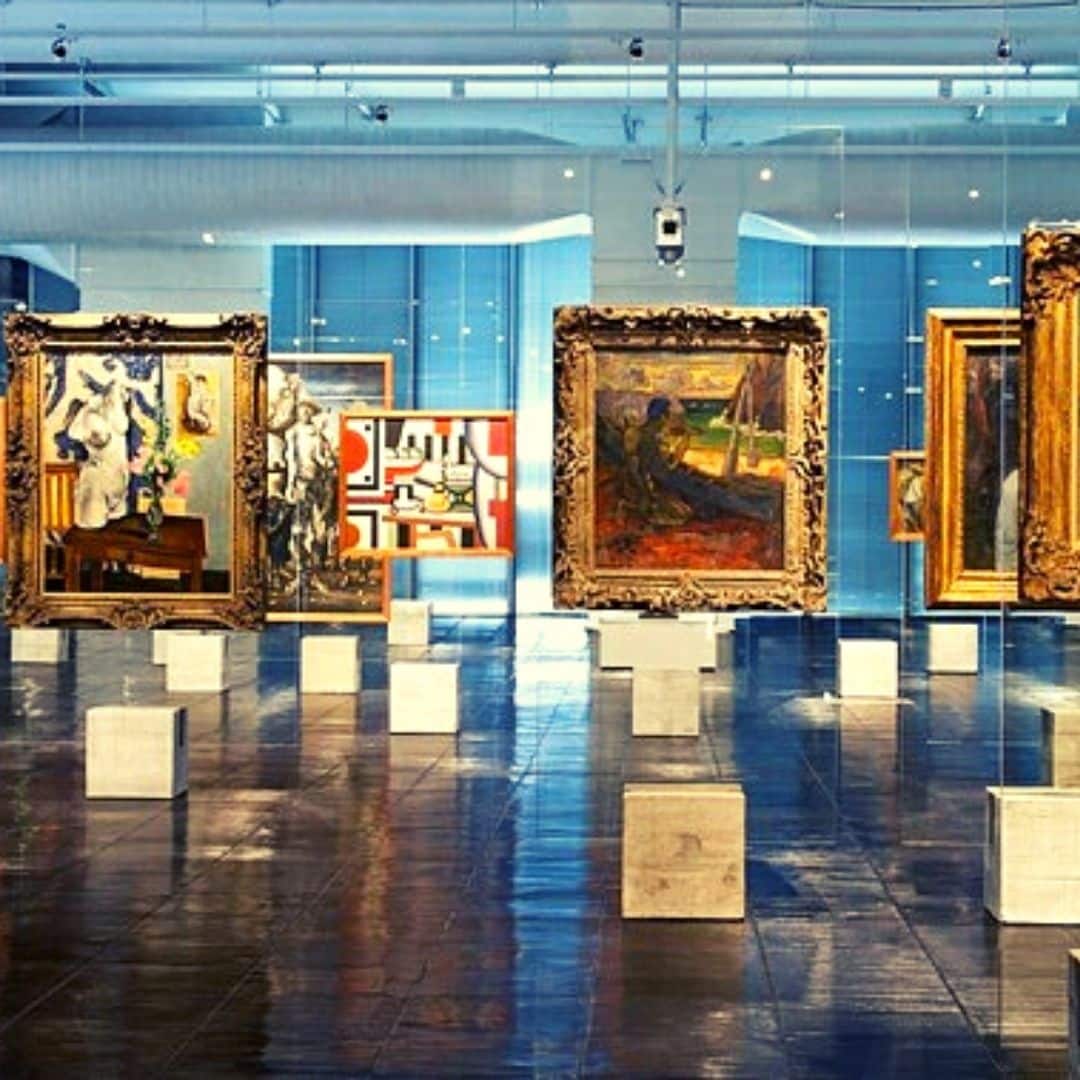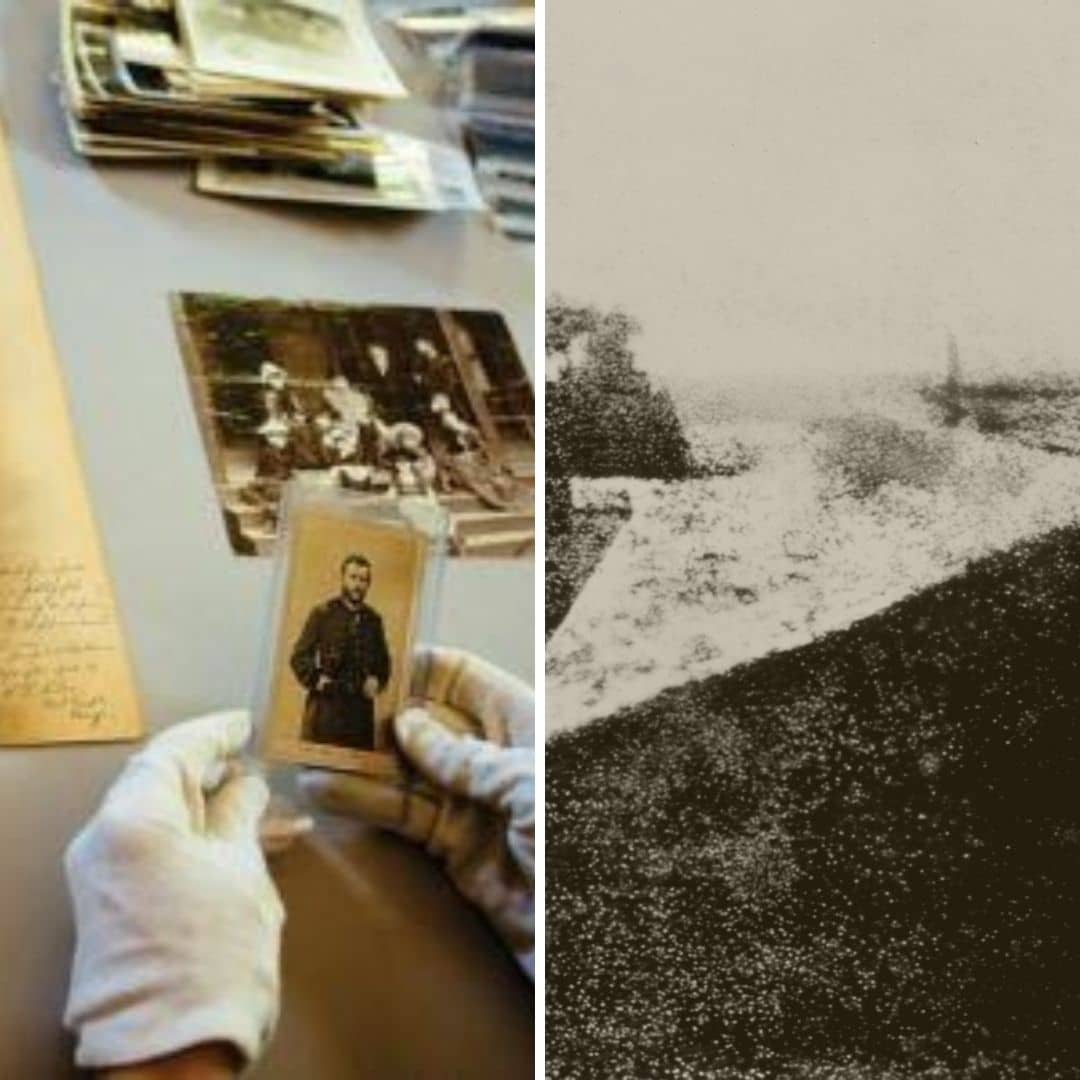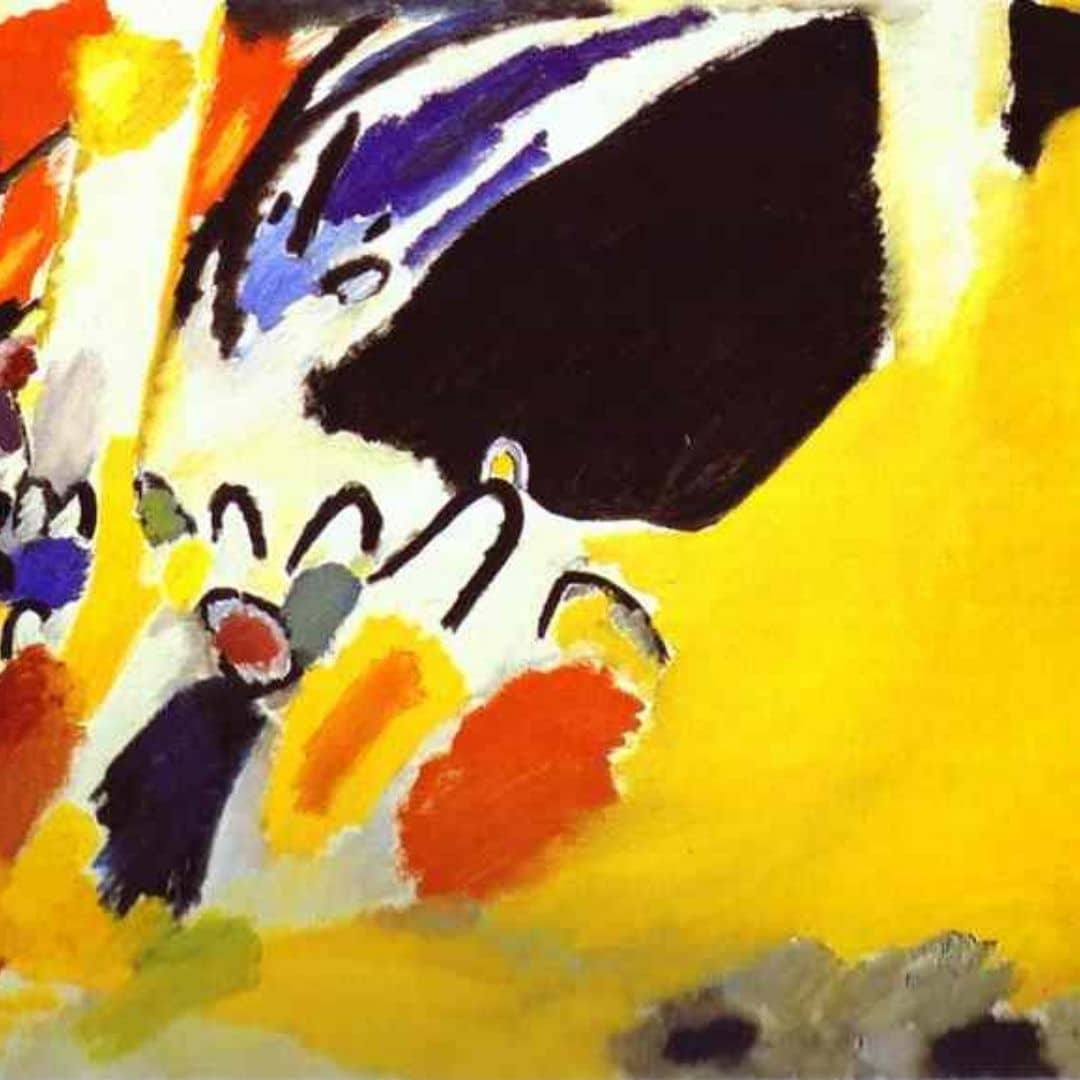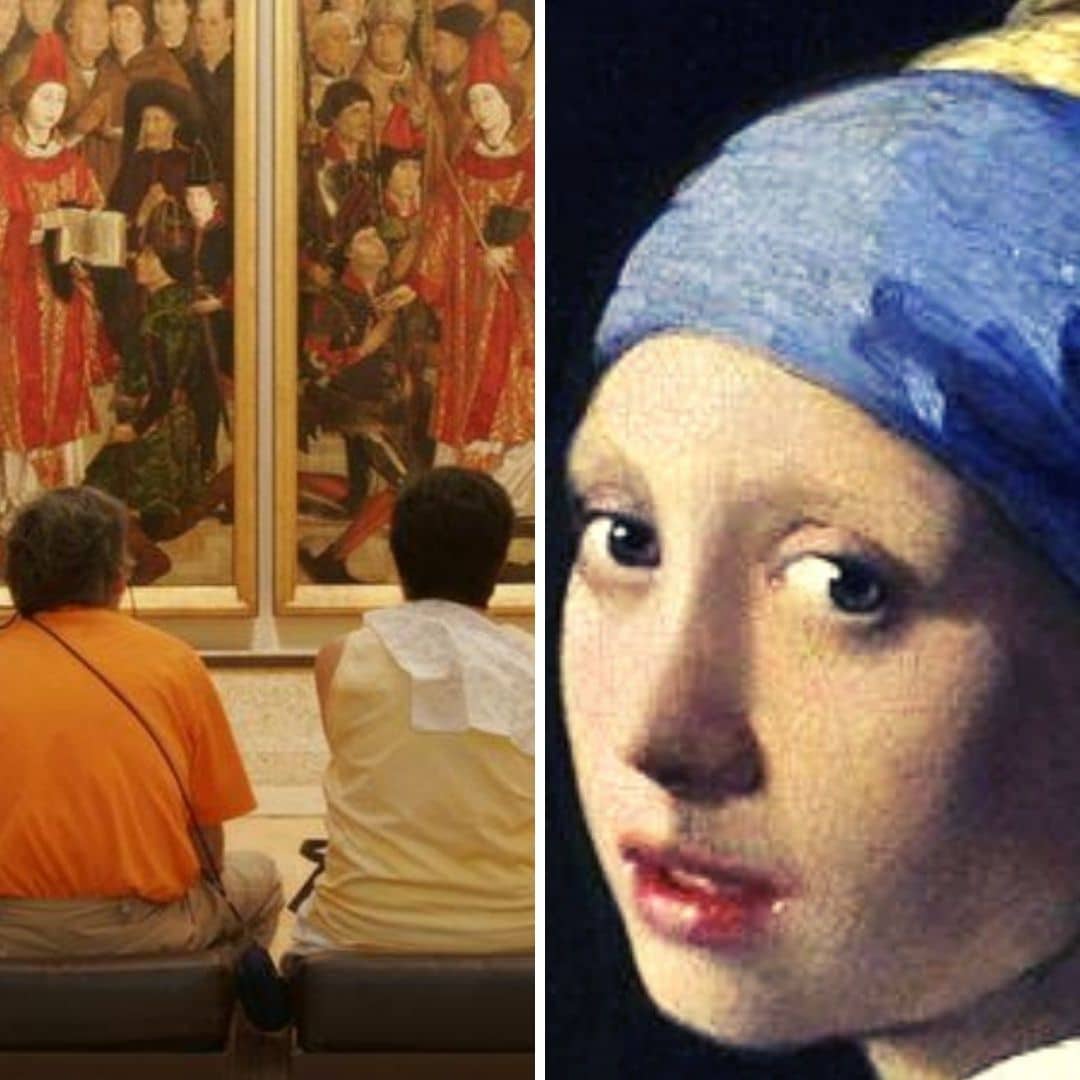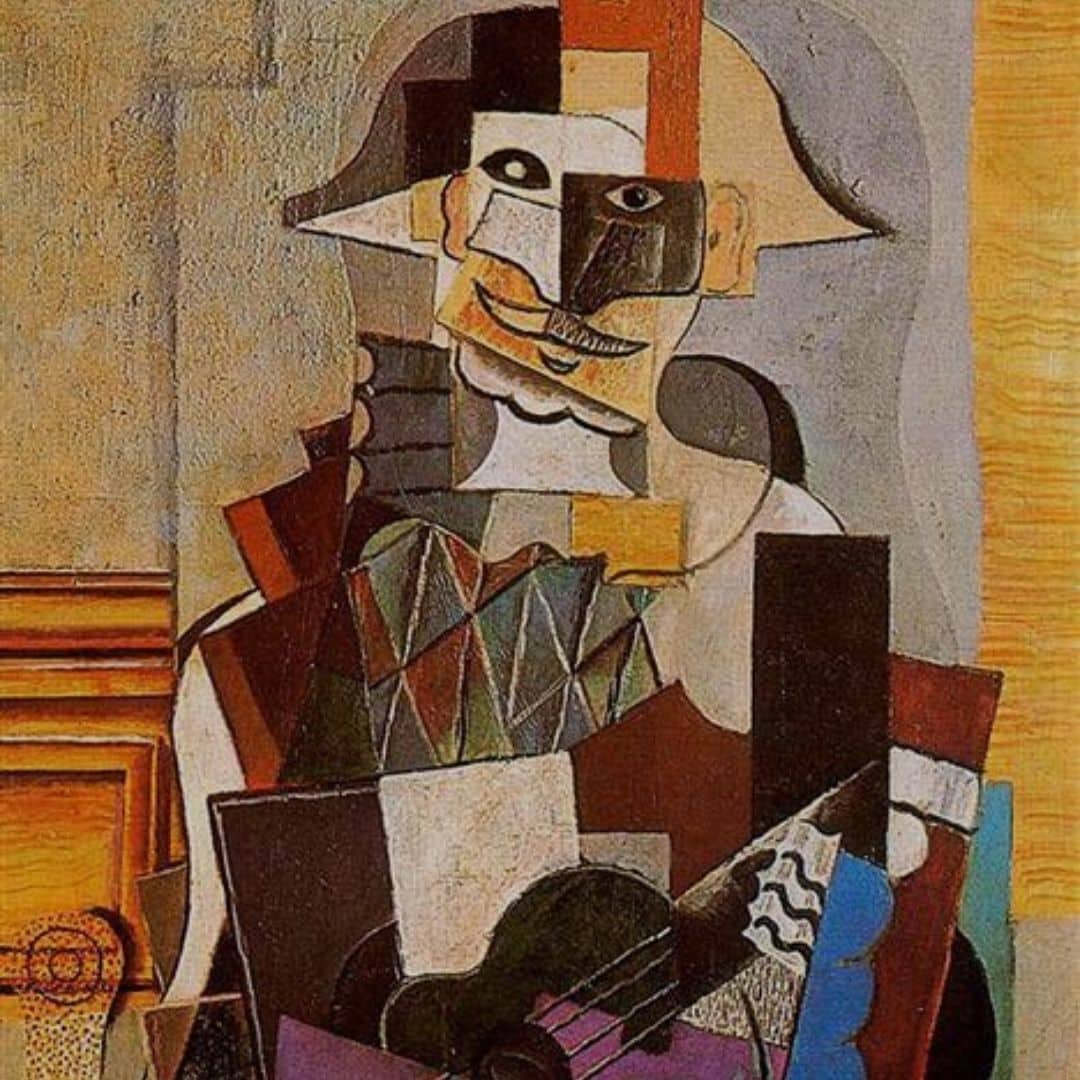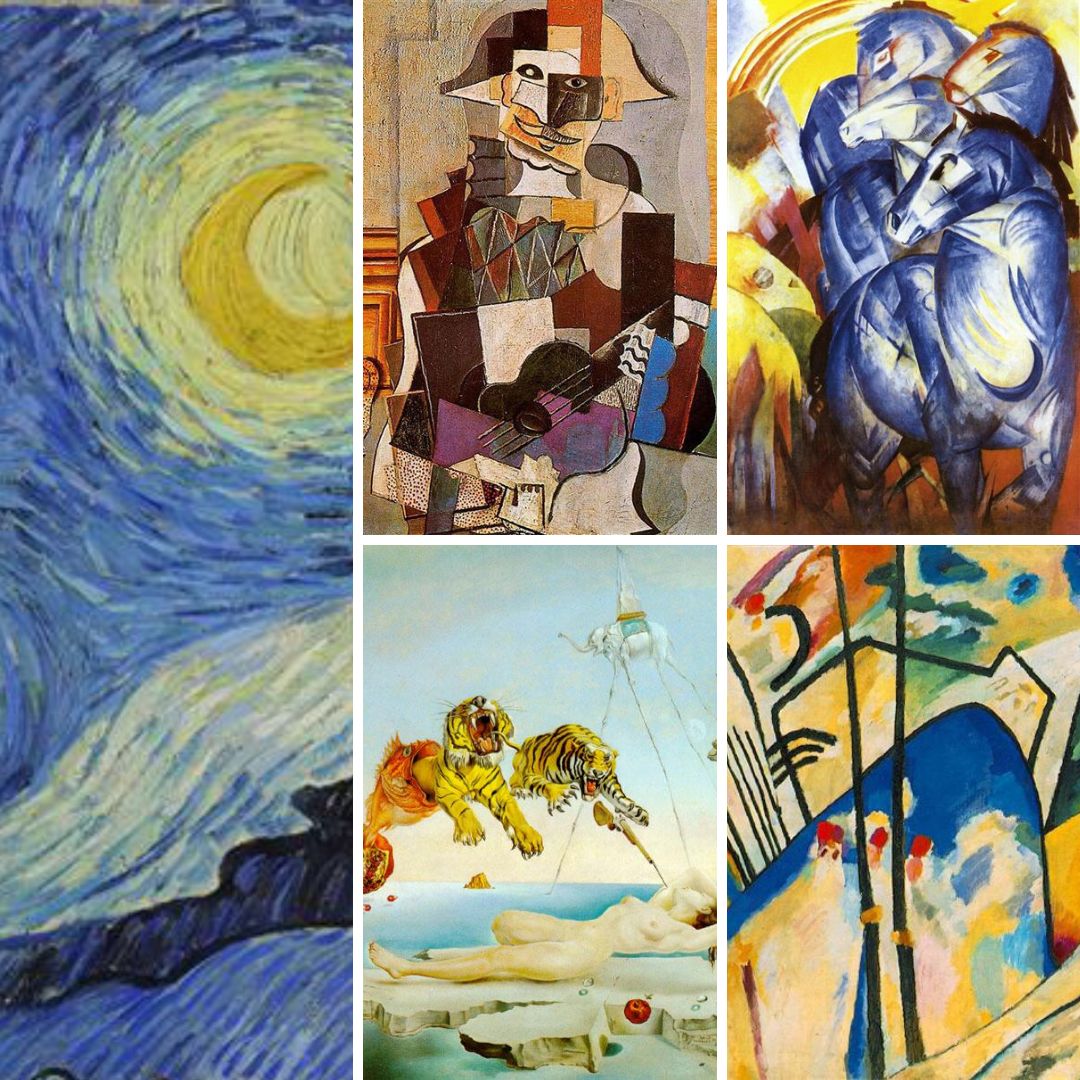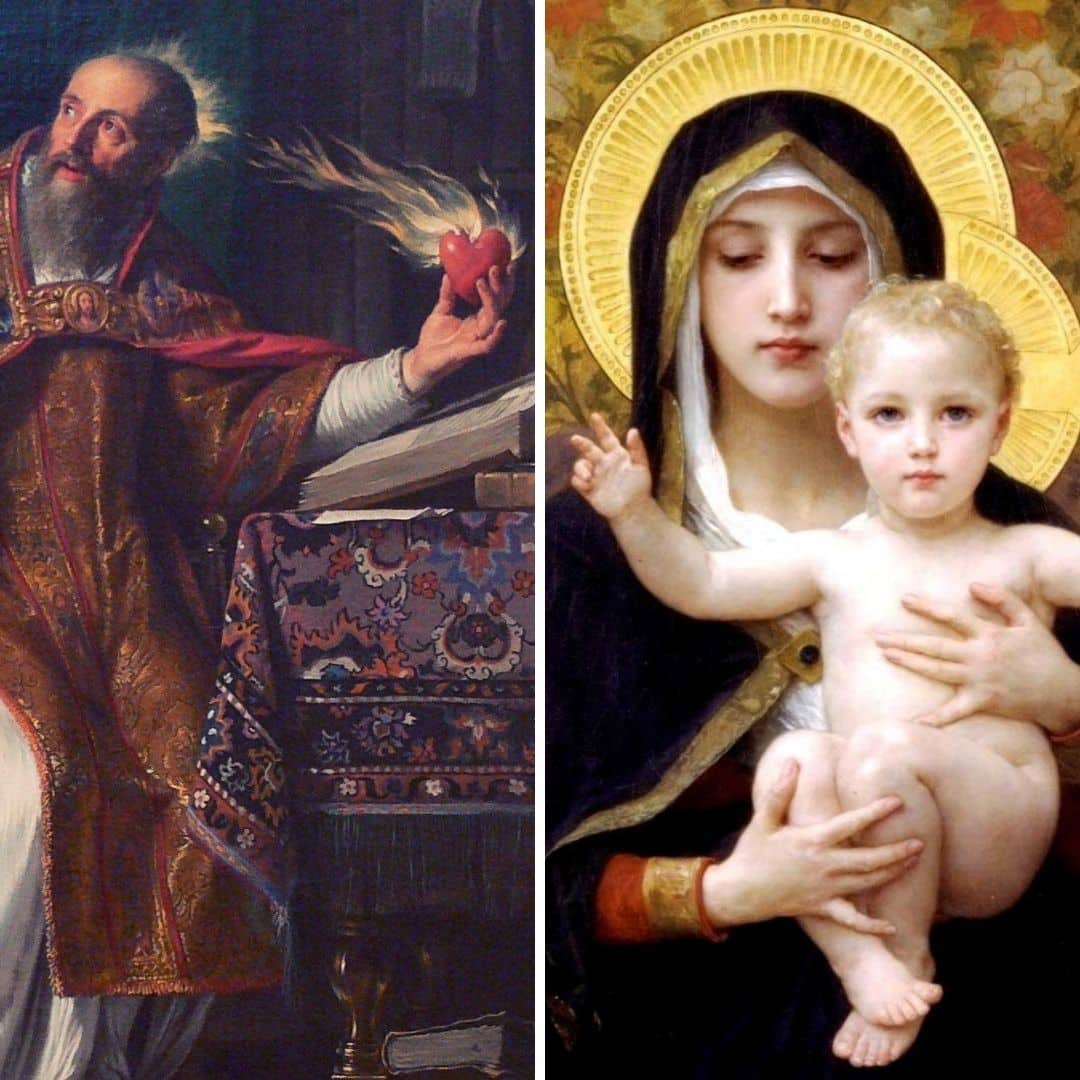The Impressionist artists were responsible for changes in the way art is made and viewed that are still perceived today, whether through their technical or aesthetic choices. And from their art, we can learn important lessons, real teachings for our own lives.
In this article by Rute Ferreira, we’ll look at some paintings by impressionist artists and see how they changed the way we see art and the way we see the world.
1 – Sometimes distance or time can help
Difficult situations at work, in the family or in relationships can drive us crazy. Sometimes you need a dose of distance to see things clearly.
Think about it: have you ever been in a situation that you thought was the worst in the world, until time passed and when it became distant, you had a good laugh or realised that perhaps you shouldn’t have given it so much thought? This is a clear principle for impressionist artists.
Let’s take, for example, the painting Impression, Sunrise by Claude Monet (1840-1926), which gave rise to the movement’s name.
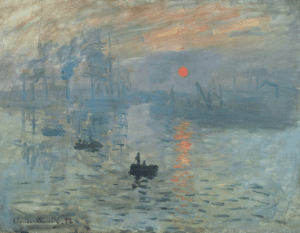
Impression, Sunrise, Claude Monet, 1872
Impression – the painting that became the symbol of the Impressionist artists
At first glance, the picture is nothing more than a blur or a sketch.
However, if you take a closer look, you’ll realise that it’s a harbour in operation in the early hours of the day.
The small orange circle attracts our gaze and a stronger shade of blue marks the horizon line.
Ahead in the painting, we notice the boats, one in particular, centred in the painting, right next to where the sun’s reflection appears on the water.
2 – Friends are precious and we can shine together
Friendship and socialising are important to impressionist artists who often depict groups of friends in their paintings.
Having friends and allies is important. If you’re an introspective person or not very gregarious, you might turn your nose up at this lesson, but the fact is that there are many things we can’t do on our own, and it’s OK to ask for help.
The success of Impressionism owes a lot to the fact that the members of the movement were friends.
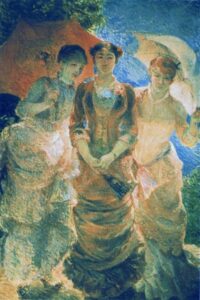
Three ladies with parasol (aka Three Graces),1880 Marie Bracquemond
The group of impressionist artists
To the painter Eugène Boudin (1824-1898),
the perfection of the Impressionist artists lay in what they had in common, and they would never have achieved success (however slowly) without each other.
This collaboration was essential not only for the growth of the movement itself, but for the particular work of each individual.
They formed a somewhat strange group, held together thanks in part to the collaborative nature of Camille Pissarro, the intellect of Manet and the monumental talent of Monet.
Will Gompertz, Is this art?
The models of the impressionist artists
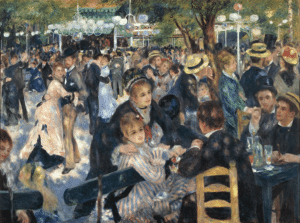
Dance at the Moulin de la Galette, Pierre-Auguste Renoir, 1876
In addition to their friendship with each other, the Impressionist artists also had many friends as models.
Renoir, for example, didn’t use professional models for this painting: he simply portrayed his friends.
His friend Georges Rivière – who also wrote his biography – is the man sitting on the right, with a pen between his hands. Renoir’s then girlfriend, Marguerite Legrand, is the dancing girl in the foreground, wearing a pink dress.
The lessons we can learn from the works of the Impressionist artists don’t end there, as we’ll see below
3 – Art inspires art: go to the cinema or theatre more often!
I firmly believe that art inspires art and that all of us, once touched by a work of art, can engage in dialogue with it.
Painting can inspire literature and vice versa. Music can inspire photography, and so on.
Because art is also about communication. The impressionist artists were masters of this. Living at a time when photography was in its infancy, Impressionism had a close relationship with investigations concerning light and colour.

The Dance Class, Edgar Degas, 1874
The colour of impressionist artists
The great importance of colouring in Impressionist art went hand in hand with a growing colourfulness in the world outside art.
From the 19th century onwards, various chemical and technical advances led to an enormous increase in the availability of colourants.
Karin Grimmes, in Modern Art, vol.1, Taschen
Opera and Theatre
Opera and theatre were also of great interest to the Impressionist artists.
And not just the shows themselves, but the backstage and the audience. This is the case, for example, with the following painting by Mary Cassat.
The effects of this composition are some of the most interesting: the pearl necklace, which gives the painting its name, serves as a focal point. The flower brooch on the dress, seen close up, looks like a small stain and the path of the paint is marked.
Behind the woman, the artist places a mirror, which in an elegant curve, shows the other side of the box, the side to which she directs her gaze and smile.
It’s impossible to identify the faces, although the clothes give us an idea of the people’s gender.
Next time you go to the cinema or the theatre, try to think of what photograph or painting you would produce with a scene you’ve seen. It’s an interesting creative exercise.
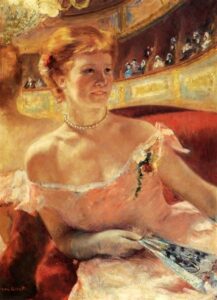
Woman with a Pearl Necklace in a loge, Mary Cassat, 1879, Mary Cassat, 1879
4 – Read more. You can only win
Consider how many paintings by impressionist artists depict people reading.
In the painting by Berthe Morisot (1841-1895), we can see a girl in a white dress in the foreground, against a background of different shades of green.
On her left side is a greenish umbrella, in a darker shade, and on her right side is an open fan – also in a lighter shade of green.
The young woman is totally immersed in reading a book.
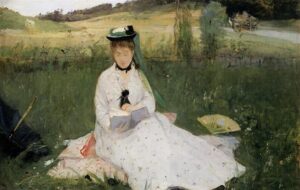
Reading, Berthe Morrisot, 1873
Once again, light is the main protagonist on the canvas, revealing different shades of green in subtle, gradual changes – from the field where the reader is to the scarf tied to her hat.
5 – Get closer to nature
Is this a problem because you live in a big city? Then what about a walk through a wooded park in your city?
Think of alternatives, like the impressionist artists. We’re not saying you have to go to an isolated forest.
In Camille Pissarro’s Red Roofs (1830-1903), the composition shows a group of houses with trees around them.
It’s winter, and shades of green, brown and red mark the work.

Red roofs, Camille Pissarro, 1877.
Notice that the trees that aren’t completely defoliated, especially those on the right, have their leaves painted with small spots, in stacatto brushstrokes, i.e. quick brushstrokes that don’t have the finish common in neoclassical paintings.
Sunrise and sunset
If even that is too difficult, consider appreciating the sunrise or sunset, as in this painting by Alfred Sisley (1839-1899).
Impressionist artists paid great attention to light and colour nuances at different times of the day. Sunrise and sunset were favoured times in Impressionist paintings .

Sunset at Port Marly, 1876, Alfred Sisley
The greatest lesson of the impressionist artists: follow your path
“As far as I’m concerned, I’ll be faithful to my right to follow my path freely”
Camille Pissarro
The history of the Impressionist movement contains several failures. Artists were looking for a new art that spoke to them and no longer just reproduced old models from previous centuries.
They wanted a modern art for the modern man. It was a challenge to the Academy of Fine Arts, where some of them even came from.
In 1874, some of them, including Monet, Renoir and Pissarro, organised an exhibition on the second floor of the Boulevard des Capucines building, on loan from photographer Félix Nadar.
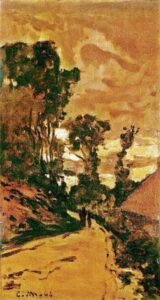
The Road To Saint Simeon’s Farm, Claude Monet, 1864
The first impressionist exhibition
Around 3,500 people visited the exhibition, including the art critic Louis Leroy (1812-1885), who was acidic in his commentary on the works, especially Monet’s painting Impression, Sunrise. Leroy wrote that any wallpaper was better finished than that painting, in an article called The Exhibition of the Impressionists. And so the group became – and still is – known.

